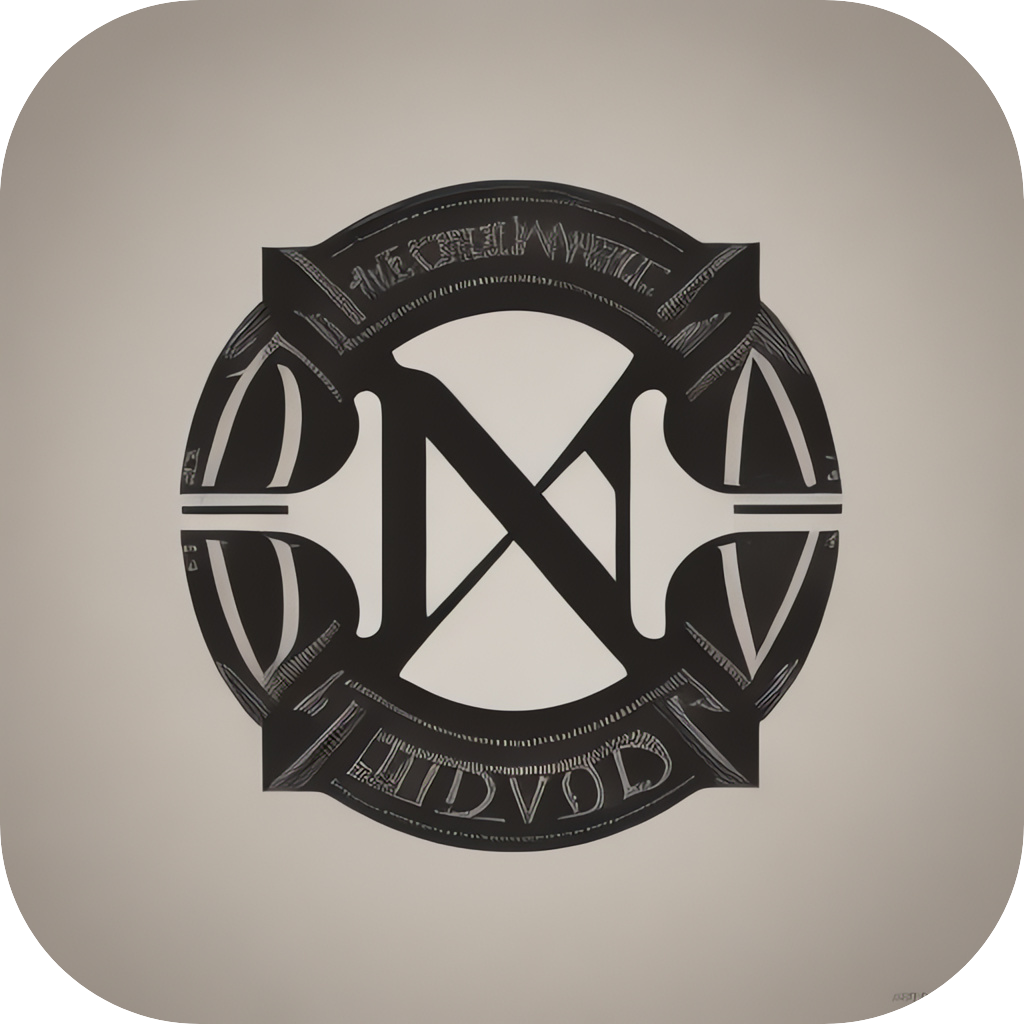Mastering MarkdownMind: A Comprehensive Guide to Simplifying Document Management and Collaboration
In today’s digital age, managing and collaborating on documents can be an arduous task. With thousands of versions, countless revisions, and numerous contributors, traditional workflows often become cumbersome and riddled with inefficiencies. This is where Markdown’s utility shines – a lightweight, expressive, and versatile text formatting syntax that significantly simplifies document management and collaboration processes.
Markdown (CommonMark) has become a widely adopted standard among developers for coding documentation, note-taking, and creating web content. The simplicity of its syntax enables clear, efficient, and easy-to-read text, making it an ideal choice for both internal and external collaborations.
### 1. **Markdown Basics: Streamlining Document Creation**
### Syntax Overview
– **Text Formatting**: To emphasize text, use asterisks (`*`), underscores (`_`), or a mix of both for bold (`**text**`, `__text__`, or `____text____`). Italic text is formatted with only one asterisk or underscore (`*text*` or `_text_`). Text spans can be listed by repeating the symbol (`***`, `_ _ _`, or `____`). To strike through content, use three tildes (`~~text~~`).
– **Block Elements**: Create lists with indentation (one space between the bullet points). For ordered lists, precede each list item with a number followed by a period, with numbers separated by spaces or tabs. Code blocks can be denoted by three backticks, followed by the language type if necessary (e.g., `python`). Headers are created with pound signs (#), with more pound signs indicating a smaller hierarchy of headings (e.g., `# Main Header`, `## Sub Header`)
– **Inserting Images**: To add an image, use the ‘Insert Image’ button in the editor. On platforms supporting Markdown or CommonMark, image links use ![]() syntax.
### Benefits: Efficiency and Readability
Markdown offers a streamlined format that enhances readability for both creators and readers, reducing cognitive load. Its simplicity minimizes the learning curve, making it accessible to users with varying levels of technical expertise. The ability to preview documents instantly and intuitively track changes ensures better collaboration.
### 2. **Markdown and Collaboration Platforms**
– **GitHub and GitLab**: Markdown is the primary tool for coding documentation, comments, and project markdown files, allowing for version control alongside code.
– **Jupyter Notebooks**: Ideal for combining code, visualizations, and narrative text, these platforms enhance productivity and facilitate the sharing of ideas and experiments.
– **Notion**: With its rich text editor, Notion allows for integration of Markdown for advanced formatting of user documentation, project descriptions, and knowledge base entries.
– **Slack**: Although primarily a communication platform, Slack supports Markdown for formatting messages, making them more engaging and concise.
### 3. **Markdown and Team Working**
Markdown facilitates team communication by providing a structured format for messages and team documents. Commonly, Markdown is used in project management tools to build detailed specs, specifications, and project tracking, ensuring that all team members have a clear understanding and consistent access to the latest information.
### Conclusion
Markdown is a transformative tool in the realm of document management and collaboration, offering a streamlined, efficient, and accessible approach to organizing and sharing information. Its wide adoption across various digital tools and platforms underscores its significance in enhancing productivity, improving communication, and maintaining clarity in digital environments. By embracing Markdown, individuals and teams can significantly reduce the complexity and inefficiencies inherent in traditional document management practices, leading to a more seamless and effective work process.
